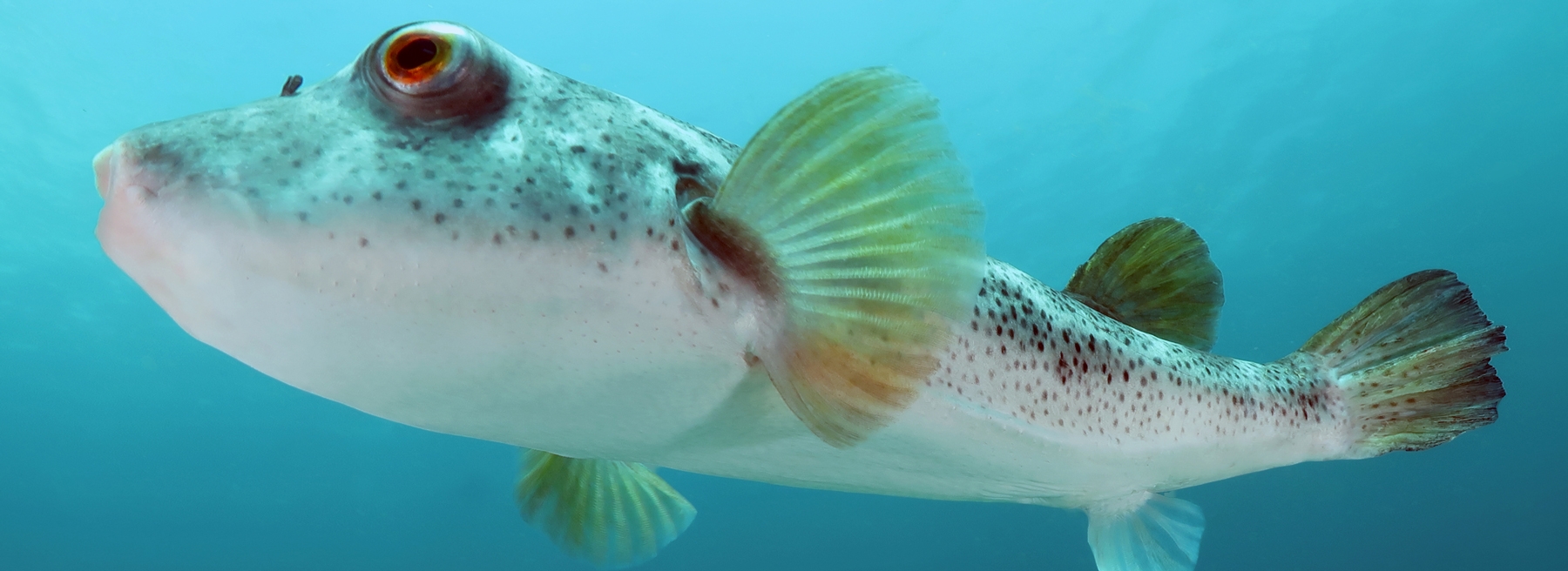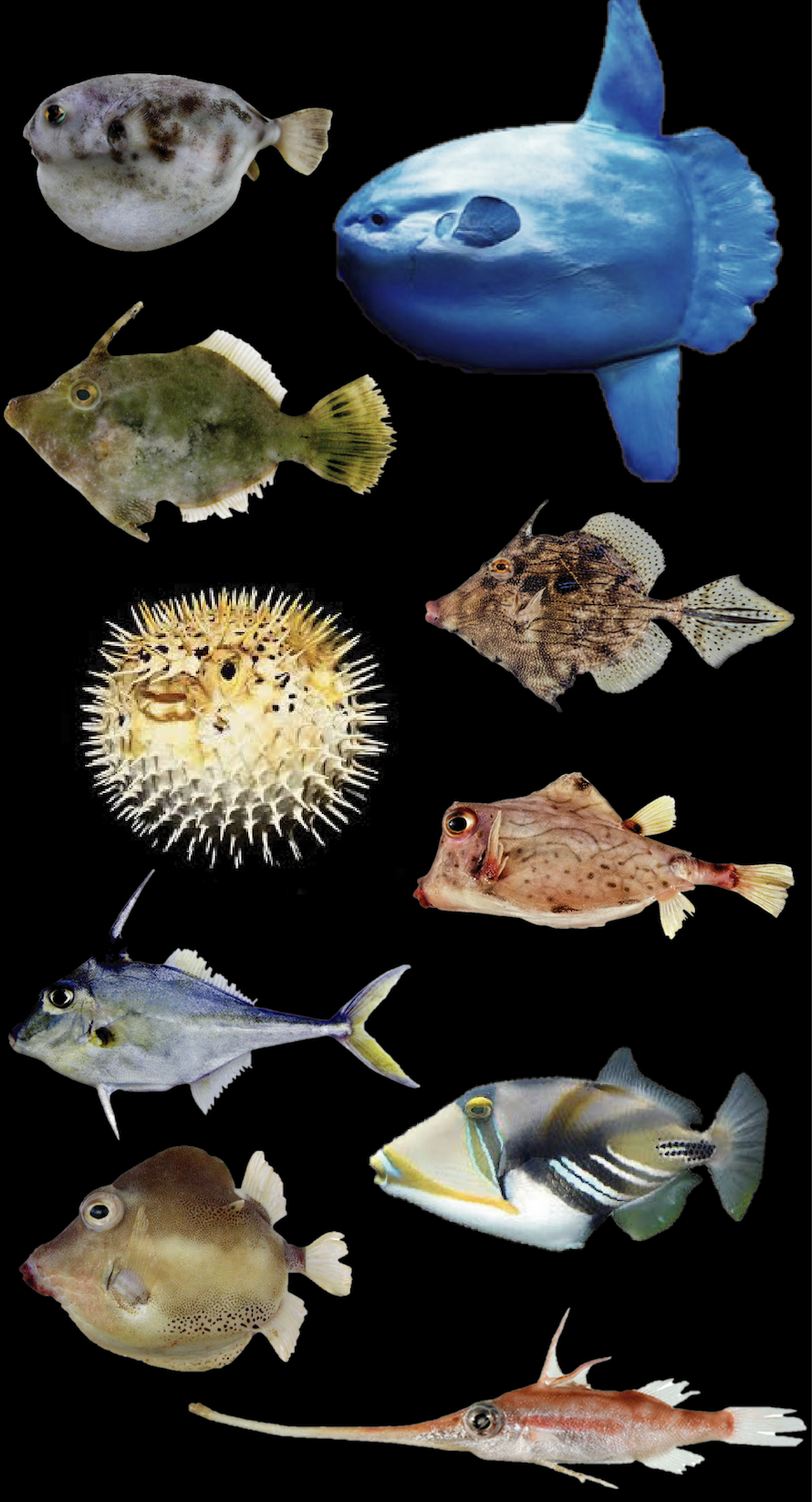Dahiana Arcila, an evolutionary biologist at the University of Oklahoma, has received an expected $1.2 million Faculty Early Career Development Award from the National Science Foundation to improve scientific understanding of the evolutionary history of life on Earth.
Arcila is an assistant professor of biology in the Dodge Family College of Arts and Sciences at OU and an assistant curator of ichthyology at the Sam Noble Oklahoma Museum of Natural History.
For the five-year project, Arcila is studying how fish like pufferfish, boxfish, ocean sunfish and other relatives of the fish order Tetraodontiformes have evolved to develop their distinctive physical traits. This morphological evolution can be traced through fossil records and compared with species living today.
“These fish are very charismatic,” Arcila said. “They have all of these different body shapes – the balloon-like pufferfish, box-like boxfishes, as well as fish with very small or very large body sizes, ranging from a few inches, like the filefish Rudarius excelsus, to 12 feet, like the ocean sunfish.




